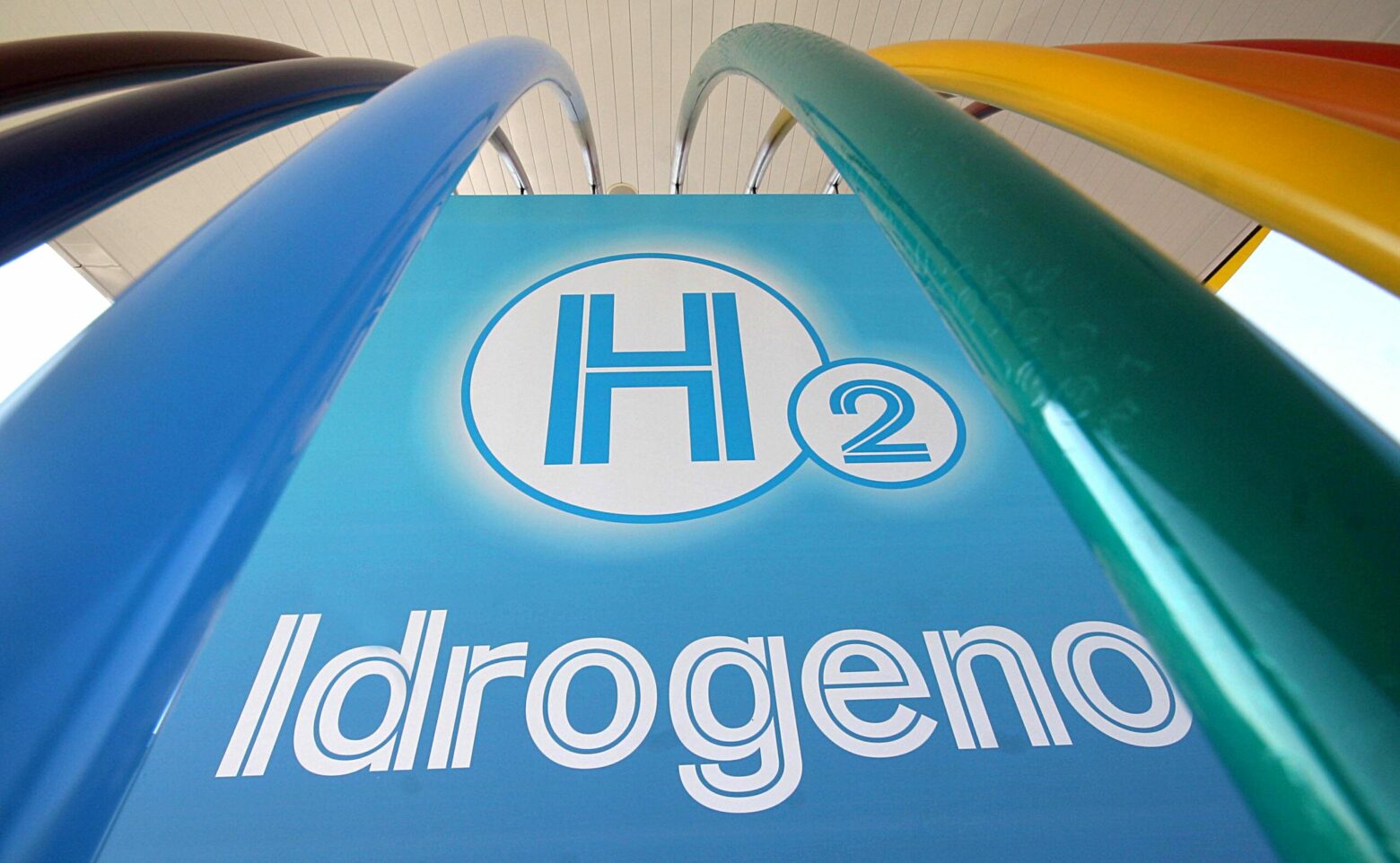Why green hydrogen will need even more subsidies

Without further financial and regulatory support, green hydrogen risks prices much higher than expected in Europe. What the Boston Consulting Group report says
In 2030, the price of green hydrogen (obtained from renewable energy sources) in Europe will likely be higher than expected, complicating plans for an ecological transition and the conversion of industrial processes to a fuel that does not release greenhouse gases.
HOW MUCH WILL GREEN HYDROGEN REALLY COST IN EUROPE
As we read in a new paper from the consultancy firm Boston Consulting Group, entitled Turning the European Green Hydrogen Dream into Reality: A Call to Action , “just a few years ago, conventional wisdom predicted green hydrogen production costs to be lower than 3 euros per kilo" in 2030. And instead "the deterioration of the macroeconomic context, the increase in energy market prices and the structural challenges in the wind energy and electrolyzer supply chains make these costs unrealistic, at least for the next decade . As a result, in Central Europe green hydrogen will more likely cost 5-8 euros per kilo.
According to Boston Consulting, if green hydrogen were to settle at the lower end of the price range (i.e. 5 euros per kilo) "it [will not be ] competitive with alternative decarbonisation technologies for the majority of potential customers". If, however, it stands at 8 euros per kilo, "green hydrogen producers will struggle to find buyers".
THE PRICE OF RENEWABLE ELECTRICITY
The factor that affects the final price of green hydrogen most of all is that of electricity from renewable sources: a price that is currently growing, rather than decreasing, due to the increase in interest rates and problems with supply chains. supplies (problems felt in particular by turbine manufacturers and wind farm developers).
The report also highlights how European rules establish that green hydrogen can only receive public subsidies if produced with additional renewable energy compared to that supplied to the electricity grid. The rule serves to ensure that subsidized green hydrogen is truly "clean", because the electricity fed into the grid is not generated exclusively from renewable sources: natural gas, for example, is a fossil fuel that has and will play an important role into the mix.
THE COST OF ELECTROLYZERS
In addition to the price of renewable energy, the cost of the electrolysis process, which allows hydrogen to be obtained from renewable electricity through machinery called electrolysers, also weighs on the production costs of green hydrogen.
THE CONSEQUENCES ON THE INDUSTRY
Given higher-than-expected hydrogen prices and the uncertainty surrounding this still-nascent sector, potential buyers of the fuel appear unwilling to sign long-term supply contracts. On the other hand, without these contracts, which guarantee revenue certainty for years to come, hydrogen producers are reluctant to invest in process efficiency or new projects. “This stalemate,” the report reads, “perpetuates a chicken-and-egg problem.” In other words: does hydrogen supply or demand come first? Because without an offer at affordable prices, there will be no demand; but without sufficiently large demand, there will be no investment in capacity that will drive prices down.
The large European buyers of hydrogen, according to Boston Consulting, are companies in the chemical, fertilizer and steel sectors. Considering that the new European directive on renewable energy provides that green hydrogen represents 42 percent of community consumption of this fuel by 2030, and 60 percent by 2035, too expensive hydrogen could undermine the competitiveness of these industries compared to international competition.
In 2022, the European ammonia sector, a gas mainly used in the production of fertilizers, "has already lost a significant market share" due to the crisis in prices of natural gas, which serves as a raw material for the compound. Therefore, if green hydrogen costs more than 4-5 euros per kilo, European producers of ammonia – but also of steel, or methanol – will probably not be able to compete with imports from countries where energy prices renewable are lower.
WHAT TO DO
According to the report, European policymakers can stimulate lowering the costs of green hydrogen through targeted initiatives. For example, the European Hydrogen Bank can be provided with new financial resources with which to support large community projects. Or, new rules could be defined that allow hydrogen producers to tap renewable electricity at state-guaranteed prices.
“The European hydrogen market has made great progress in recent years,” the report concludes, “but without further funding and a regulatory framework, hydrogen risks remaining the fuel of the future.”
This is a machine translation from Italian language of a post published on Start Magazine at the URL https://www.startmag.it/energia/idrogeno-verde-europa-troppo-costoso/ on Sat, 11 Nov 2023 06:57:32 +0000.
